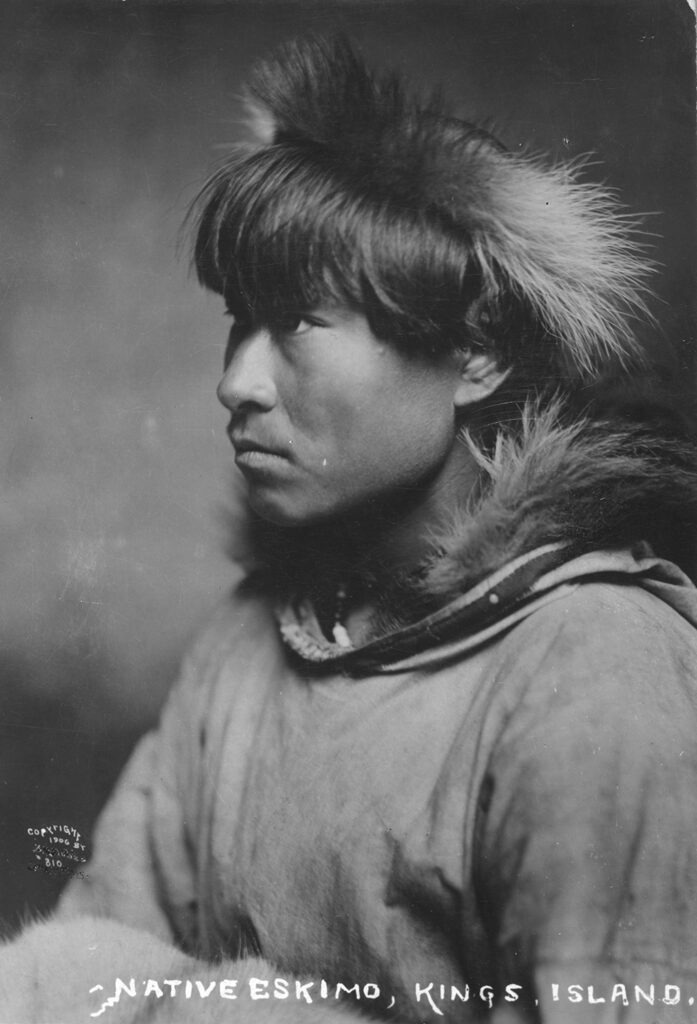
Alaska Natives: Indigenous Peoples of Alaska, United States
Alaska Natives – Indigenous Peoples of Alaska
Discover the rich heritage of Alaska Natives, including the Inupiaq, Yupik, Aleut, Tlingit, Haida, and more. Explore their diverse cultures, languages, and traditions.

Alaska Natives: An Overview of Their Rich Cultural Heritage
Alaska Natives are the Indigenous peoples of Alaska, encompassing a wide variety of distinct cultures, languages, and traditions. These groups include the Inupiaq, Yupik, Aleut, Eyak, Tlingit, Haida, Tsimshian, and numerous Northern Athabaskan communities. Their heritage is deeply tied to Alaska’s diverse landscapes, from coastal regions to interior forests.
A Diverse Tapestry of Cultures
Each Alaska Native group brings unique traditions and histories that contribute to the rich tapestry of Alaska’s cultural heritage. For example:
- Inupiaq and Yupik: These Arctic peoples have thrived in the icy tundra for millennia, relying on marine and land animals for sustenance.
- Aleut (Unangax): Known for their seafaring skills, the Aleut inhabit the Aleutian Islands and are renowned for their intricate basketry.
- Tlingit and Haida: Coastal peoples famous for their totem poles and elaborate clan-based social systems.
- Athabaskan: These interior groups speak diverse languages and have strong hunting and fishing traditions.
Language and Identity
Alaska Native cultures are defined in part by their language groups, each with its own linguistic heritage. Efforts are underway to preserve and revitalize these languages, which are crucial to maintaining cultural identity and passing traditions to future generations.
The Significance of Alaska Native Heritage
Understanding the histories and contributions of Alaska Natives helps honor their resilience and cultural richness. Their traditions, art, and connection to the land offer invaluable insights into sustainable living and human adaptation.
Key Takeaway
For more information, delve into the fascinating history and cultural practices of Alaska Natives and their enduring legacies.
References and Further Reading
- Alaska Natives | En.Wikipedia.Org | Alaska Natives are indigenous peoples of Alaska, United States: Inupiaq, Yupik, Aleut, Eyak, Tlingit, Haida, Tsimshian, and a number of Northern Athabaskan cultures.





Responses